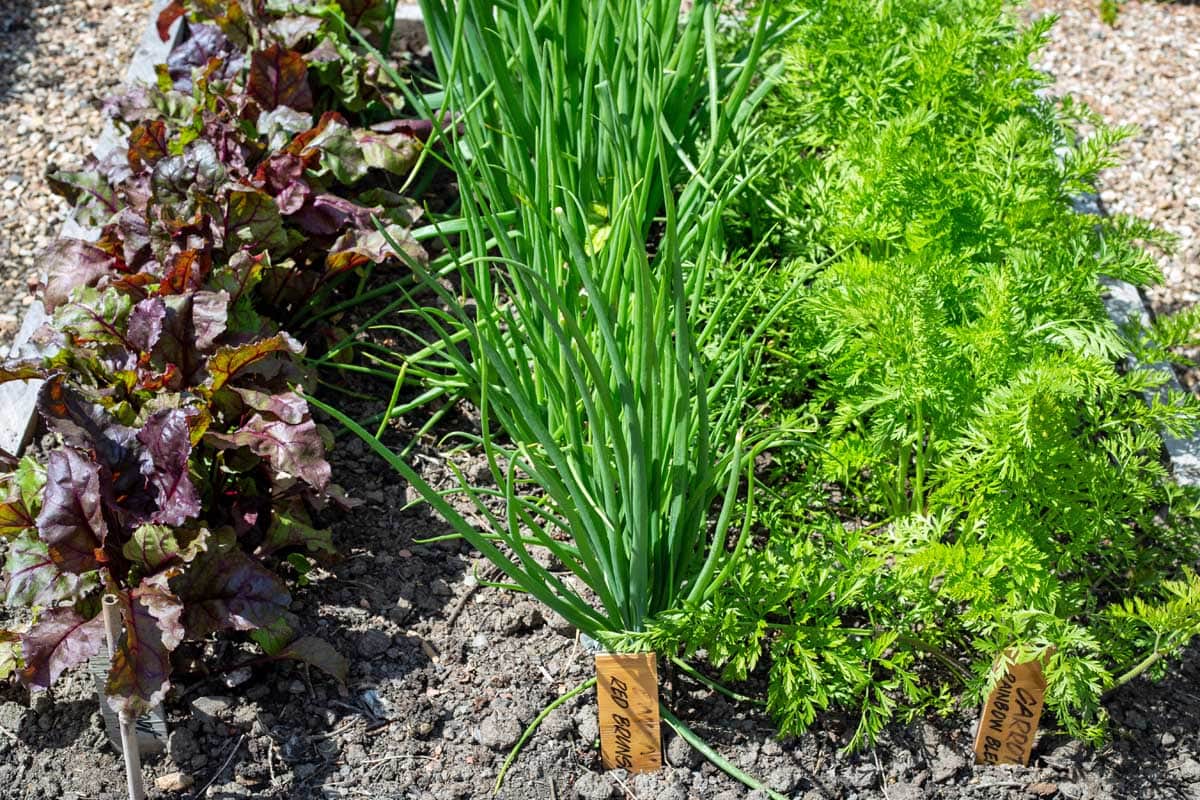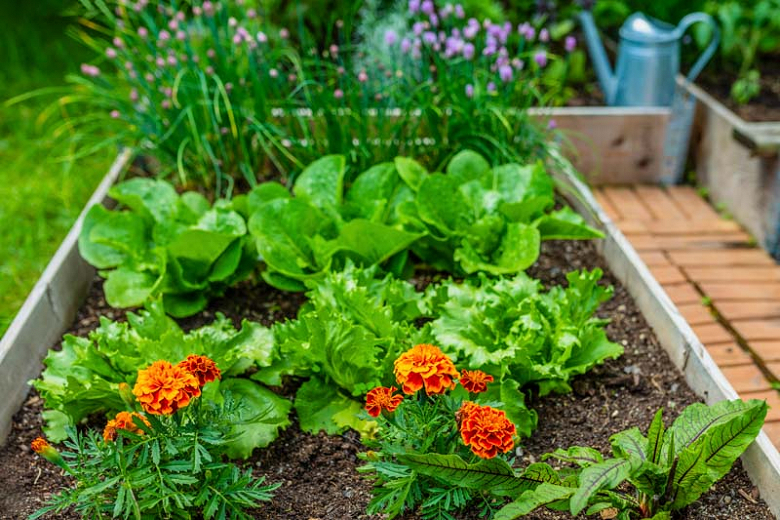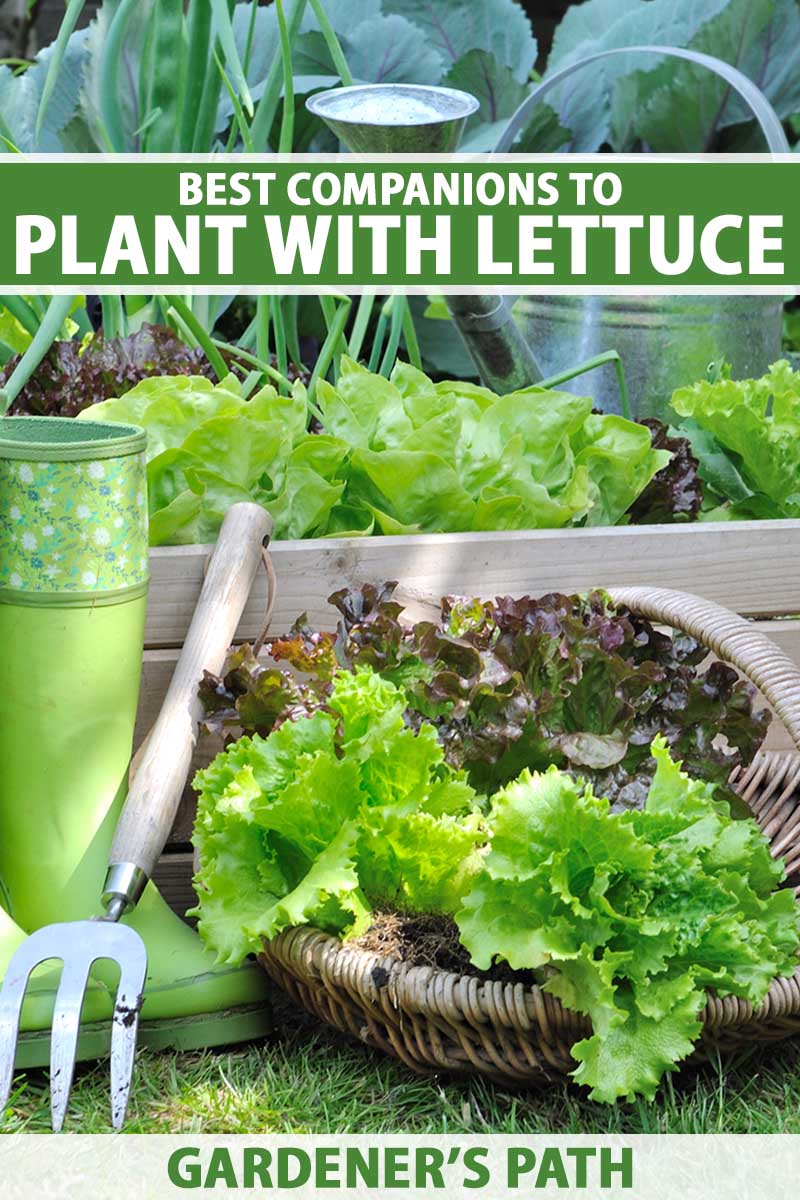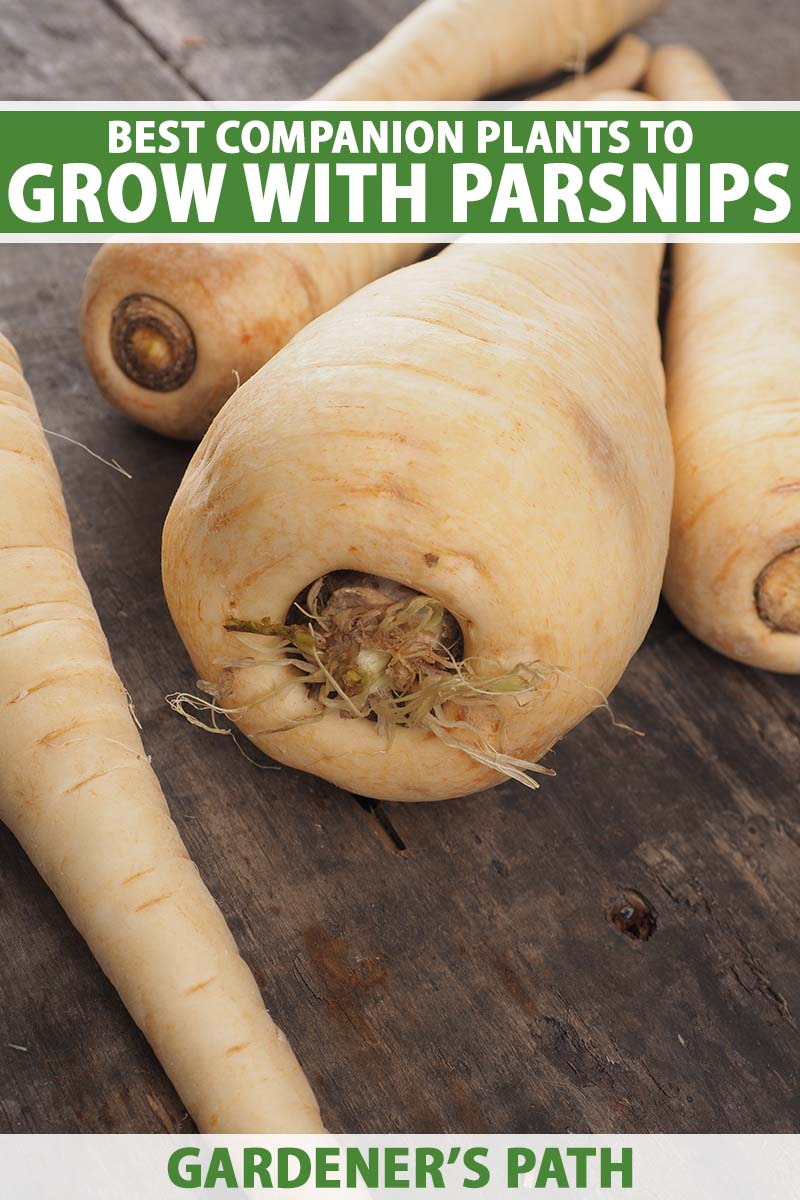Best Companion Plants For Lettuce
Title: The Best Companion Plants for Lettuce
Introduction:
Lettuce is a popular and versatile vegetable that can be grown in many different climates. It is also a relatively easy crop to care for, making it a good choice for beginner gardeners. However, there are a few things to keep in mind when planting lettuce, one of which is companion planting.
Companion planting is the practice of planting certain types of plants together to benefit each other. Some plants can help to repel pests, attract beneficial insects, or improve the soil quality. When choosing companion plants for lettuce, it is important to consider the needs of both plants.
In this blog post, we will discuss the best companion plants for lettuce. We will also provide some tips on how to plant and care for these plants together.
Main Content:
Benefits of Companion Planting
There are many benefits to companion planting, including:
- Reduced pest and disease problems. Some plants can help to repel pests or attract beneficial insects that prey on pests. This can help to keep your lettuce crop healthy and free of problems.
- Improved soil quality. Some plants can help to improve the soil quality by adding nutrients or breaking up compacted soil. This can benefit lettuce plants, which prefer loose, well-drained soil.
- Increased yields. Companion planting can sometimes lead to increased yields. This is because some plants can help to improve the overall health and vigor of the lettuce plants.
Best Companion Plants for Lettuce
Here are some of the best companion plants for lettuce:
- Carrots: Carrots and lettuce are both cool-season crops that prefer full sun. They also have different root systems, so they do not compete for resources. Carrots can help to loosen the soil and attract beneficial insects, while lettuce can help to shade the carrots and protect them from the sun.

- Herbs: Many herbs are good companion plants for lettuce. Some of the best herbs to plant with lettuce include chives, dill, mint, and basil. These herbs can help to repel pests, attract beneficial insects, and improve the flavor of lettuce.

- Marigolds: Marigolds are another great companion plant for lettuce. They can help to repel pests, such as aphids and nematodes, and they can also improve the soil quality.

- Radishes: Radishes are a fast-growing crop that can be planted among lettuce plants. They help to break up compacted soil and attract beneficial insects. Radishes are also a good trap crop for slugs, which can be a problem for lettuce plants.

- Spinach: Spinach and lettuce are both cool-season crops that can be planted together. They have similar growing requirements, so they do not compete for resources. Spinach can help to shade the lettuce and protect it from the sun.

Tips for Planting and Caring for Companion Plants
When planting companion plants, it is important to consider the spacing requirements of both plants. You should also plant the plants in a location that receives full sun.
Once the plants are established, you should water them regularly and fertilize them as needed. You should also monitor the plants for pests and diseases and take steps to control them if necessary.
Conclusion
Companion planting is a great way to improve the health and productivity of your lettuce crop. By planting the right companion plants together, you can help to repel pests, attract beneficial insects, and improve the soil quality. This can lead to healthier plants, increased yields, and a more satisfying gardening experience.
Lettuce is a versatile and delicious vegetable that can be grown in many different climates. But did you know that there are certain plants that can help your lettuce grow better? These are called companion plants, and they can provide a variety of benefits, such as attracting beneficial insects, deterring pests, and improving soil health.
Some of the best companion plants for lettuce include:
- Carrots: Carrots help to loosen the soil and attract beneficial insects, such as ladybugs and lacewings, which eat aphids.
- Marigolds: Marigolds deter pests, such as nematodes and aphids, and can also help to improve soil health.
- Basil: Basil helps to repel aphids and other pests, and it also improves the flavor of lettuce.
- Cucumbers: Cucumbers help to shade lettuce from the sun, which can help to prevent it from bolting.
- Peas: Peas help to fix nitrogen in the soil, which can benefit lettuce and other plants.
For more information about companion plants to lettuce, please visit Garden Wiki.
FAQ of companion plants to lettuce
- What are some good companion plants for lettuce?
Some of the best companion plants for lettuce include:
Carrots: Carrots and lettuce can be planted together because they have different root systems. Carrots have deep roots that grow underground, while lettuce has shallow roots that grow above the soil. This means that they won't compete for resources, and they can actually help each other grow.
Chives: Chives are a good companion plant for lettuce because they help to repel pests, such as aphids. They also release chemicals that promote the growth of other vegetables, so they can help your lettuce plants grow healthier and stronger.
Marigolds: Marigolds are another good companion plant for lettuce because they help to repel pests, such as aphids and nematodes. They also attract beneficial insects, such as ladybugs and lacewings, which help to control pests.
Nasturtiums: Nasturtiums are a good companion plant for lettuce because they attract beneficial insects, such as predatory mites and parasitic wasps. They also deter insect pests, such as beetles and aphids.
Onions and shallots: Onions and shallots are good companion plants for lettuce because they help to repel pests, such as aphids and rabbits. They also improve the flavor of lettuce, so you'll get a more delicious harvest.
What are some bad companion plants for lettuce?
Some of the bad companion plants for lettuce include:
Broccoli: Broccoli is in the same family as cabbage, and lettuce is a member of the daisy family. These two families don't get along well, so planting them together can lead to problems.
Cabbage: Cabbage is another member of the cabbage family, so it's not a good companion plant for lettuce.
Cauliflower: Cauliflower is also a member of the cabbage family, so it's not a good companion plant for lettuce.
Kale: Kale is in the same family as broccoli and cabbage, so it's not a good companion plant for lettuce.
Melons: Melons can compete with lettuce for water and nutrients, so they're not a good companion plant.
How close should I plant lettuce starts?
The spacing of lettuce plants depends on the variety. For leafy lettuce, you should space the plants 6 to 8 inches apart. For head lettuce, you should space the plants 12 to 18 inches apart.
- Can I grow lettuce and basil together?
Yes, lettuce and basil can be grown together. In fact, they make good companion plants because they help each other grow. Basil helps to repel pests, such as aphids, which can damage lettuce plants. Lettuce provides shade for basil, which can help to prevent it from bolting (flowering).
Image of companion plants to lettuce
- Garlic: Garlic is a natural insect repellent that can help to keep pests away from lettuce.

- Mints: Mints help to deter aphids and other pests, and they can also improve the flavor of lettuce.

- Melon and squash: Melons and squash help to shade lettuce from the sun, which can help to prevent it from bolting.
- Nasturtiums: Nasturtiums attract beneficial insects, such as ladybugs, which help to control pests.

- Onions and shallots: Onions and shallots help to repel nematodes, which can damage lettuce roots.

- Parsnips: Parsnips help to improve the flavor of lettuce, and they can also help to repel carrot flies.

- Radishes: Radishes help to break up the soil, which can improve drainage and aeration for lettuce.

- Turnips: Turnips naturally repel aphids, which can do serious damage to lettuce leaves.

- Carrots: Carrots and lettuce are both root vegetables, so they can be planted together without competing for space.

Post a Comment for " Best Companion Plants For Lettuce"